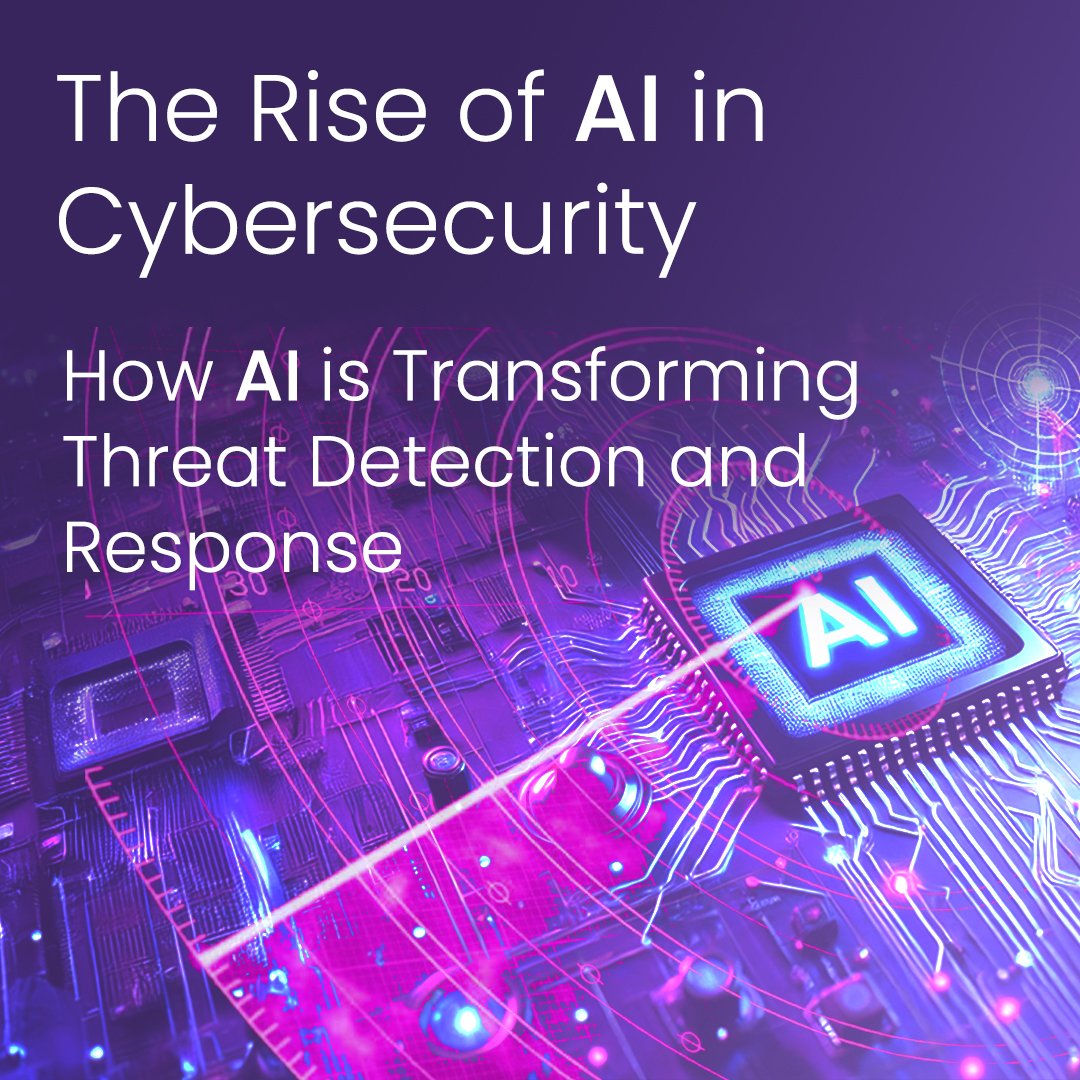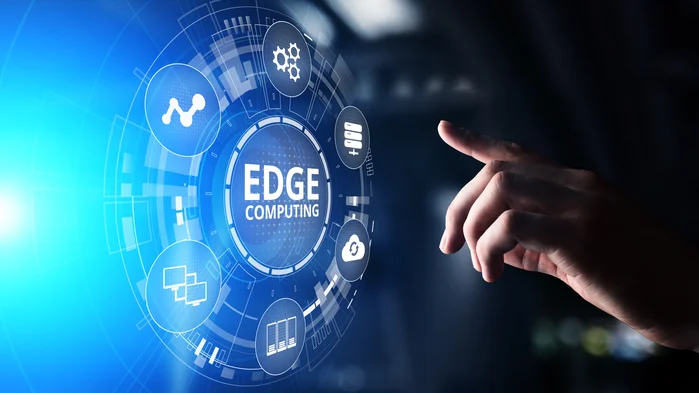Similarly important to businesses, governments, and individuals, cybersecurity in the world turning increasingly digital. With the increase in ransomware, phishing attacks, and APTs, traditional security measures are no longer sufficient to protect sensitive data and infrastructure from these threats. This is where AI steps in, offering novel solutions for improving cybersecurity.
Below, we will explain how AI is completely changing the face of cybersecurity, what technologies are critical in this process, and what benefits AI provides for digital security.
1. Artificial Intelligence Understanding in Cybersecurity
Artificial Intelligence is the ability of machines to exhibit characteristics like those of human intelligence, which include the capability to learn from data, recognize patterns, and make decisions accordingly. In cybersecurity, AI is used in the automation of threat detection, analysis of voluminous data, and response time towards every form of possible attack.
The volume and complexity of the cyber-attacks are such that AI has proved to be a game-changer, keeping in mind its incredible capabilities to process data in a fraction of time that would require humanness. AI-powered systems can continuously monitor networks, identify vulnerabilities, and flag potential threats in real-time, thus enabling organizations to stay one step ahead of cybercriminals.
2. Key AI Technologies in Cybersecurity
Several AI technologies within cybersecurity play critical roles in the bettering of solutions. These include:
a. Machine Learning (ML)
This sub-discipline is called machine learning, wherein AI-enabled systems have the capability to learn from experience and improve over time, without necessarily being explicitly programmed for it. In cybersecurity, ML algorithms can analyze network traffic, user behavior, and previous attacks to detect anomalies. These can focus on identifying unknown or emerging threats through the recognition of deviations from normal activities, often even before traditional methods can able to detect them.
For example, ML can be used to identify zero-day attacks. In other words, these are those exploits that use vulnerabilities developers have yet to find or patch by analyzing data patterns that deviate from normal behavior.
b. NLP
NLP enables computers to understand, interpret, and generate human language. In cybersecurity, it is applied to unstructured data, such as e-mails, posts, and even communications about hackers in the dark web. Through this data, AI-powered systems can trace phishing attempts, social engineering attacks, and other similar frauds that involve manipulating human behavior.
NLP also stands to help incident response by doing real-time analysis of security reports, feeds, and logs that might help the security teams with prioritizing threats.
c. Behavioral Analytics
Behavioral analytics is a way AI systems tell how users normally interact with systems and data. For instance, it would draw the baseline of normal behavior from where it identifies strange activity that would raise suspicion if there is a cyberattack probable. Examples include unauthorized access of sensitive information or strange login times.
For instance, a user who usually logs in during working hours suddenly attempts to log on at midnight from some unknown location. AI recognizes this as suspicious behavior and thus notifies an administrator.
3. Benefits of AI in Cybersecurity Solutions
The incorporation of AI into cybersecurity provides quite a fair share of key advantages:
a. Quick Detection and Response to Threats
The more important advantage of AI in the field of cybersecurity is its potential for real-time threat detection. AI can process and analyze massive volumes of data in an instant. This enables security teams to identify threats much faster than before and act fast. It is this speed that can bring a huge difference in preventing breaches or reducing the impact of breaches.
b. Reduced False Positives
Classically, security systems have been notorious for churning out reams of false positives-alerts that identificate harmless activity as a threat. While AI can learn and adapt, it nails the difference between legitimate and suspicious behavior with greater precision to reduce these false positives. These reforms free up security teams to work on actual threats.
c. Improved Scalability
As the organization grows, so does the data, hence the cybersecurity needs. AI solutions scale easily to fit larger and more complex environments with little to no manual intervention required. Whether it’s a small business or a large enterprise, AI can efficiently monitor and protect networks of any size.
d) Proactive Threat Hunting
AI can shift cybersecurity from reactive to proactive. Rather than waiting for actual threats to appear, AI-powered systems can predict with fair accuracy where future vulnerabilities and weaknesses may arise. This allows an organization to patch up security gaps before they are exploited by the attacker.
4. AI-Powered Cybersecurity Tools and Solutions
Following is a list of several AI-powered cybersecurity tools and solutions that are already creating an impact in the industry.
• Darktrace: An AI-driven cybersecurity solution puts the concept of machine learning into practice in detecting and responding autonomously to network threats.
• Cylance: The security tool through AI forecasts, detects, and prevents malware from reaching your organization in real time.
• IBM QRadar: AI-powered Threat Intelligence and Security Log analyses give way to better threat detection and incident response.
These, among many others, serve as examples that AI uplifts the effectiveness and productivity of cybersecurity.
5. Challenges and Limitations of AI in Cybersecurity
While AI presents a great advantage, there are also challenges to be faced:
a. Adversarial Attacks
The cybercriminals are not just passively watching the rise of AI. An adversarial attack can be launched by feeding AI systems false data to make wrong decisions. Ensuring that AI systems are robust and capable enough against these kinds of attacks will be very crucial to their success for cybersecurity.
b. Data Privacy Concerns
AI is designed to learn from large volumes of data. In such fields as healthcare or finance, this exponentially amplifies the debate on data privacy. Organizations should make sure sensitive data are being handled responsibility with due respect to regulations like GDPR.
c. Cost and Implementation
Implementing AI-based cybersecurity solutions can also be expensive, especially for smaller and medium-sized enterprises. Integration complexity regarding AI into existing systems is also a factor for organizations that don’t have vast technical expertise.
6. Future of AI in Cybersecurity
The role of AI in cybersecurity has been growing continuously and, therefore, is expected to be even bigger in the future. The future development might include autonomous AI-driven security platforms that will handle network defense without human interference, and predictive AI mechanisms capable of foreseeing and preventing a probable threat before it actually happens.
Moreover, AI integrated with other emerging technologies, such as blockchain, will lead to far more secure and robust digital ecosystems.
Conclusion
AI is revolutionizing cybersecurity by making it possible for quicker threat detection, reduced false positives of threats, and proactive security measures. The benefits from using AI in cybersecurity definitely outweigh the risks involved after considering several issues that need to be overcome. As AI technology continues to progress, it will play a greater part in shaping the future of cybersecurity and in helping organizations stay one step ahead of ever more sophisticated threats.




